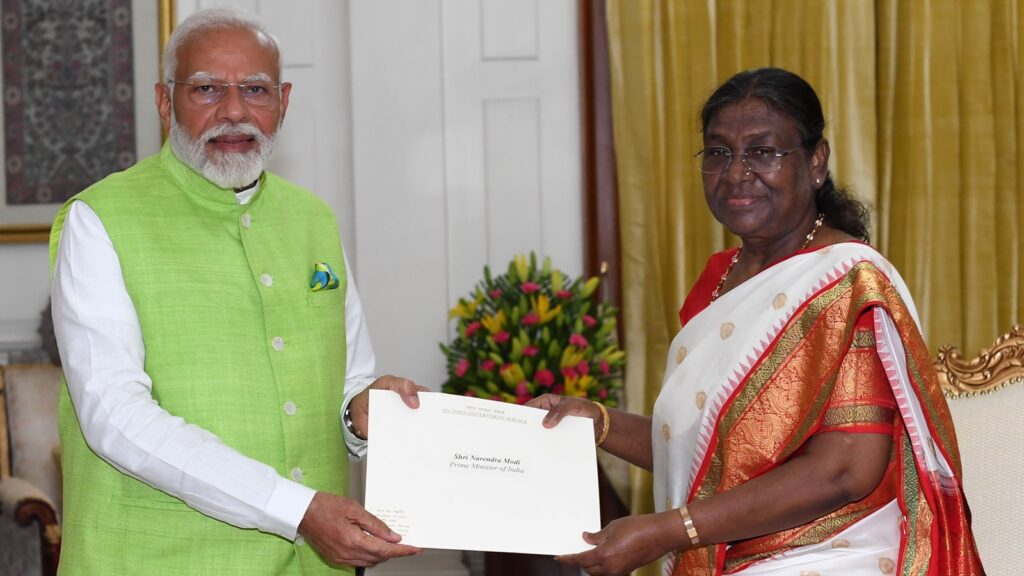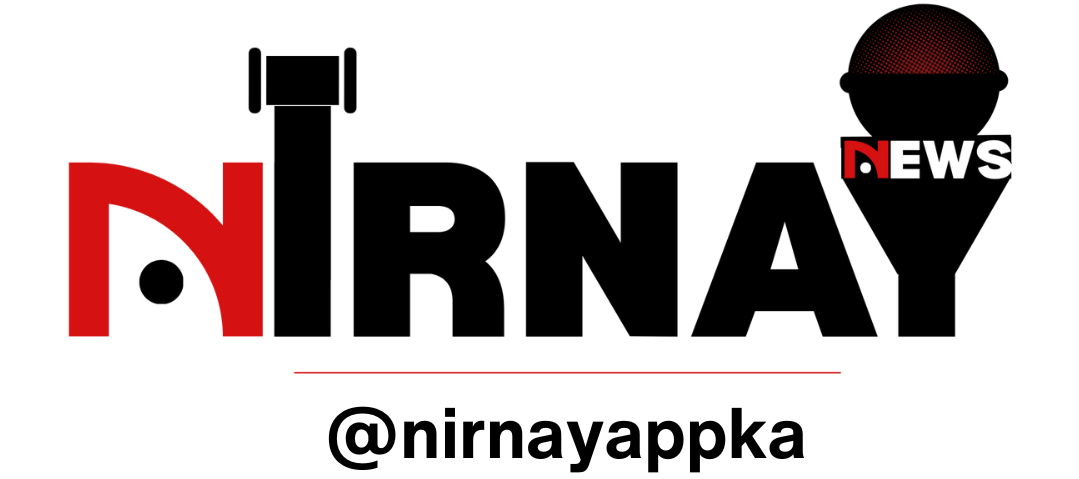Introduction
In a surprising turn on PM Modi Resign? Prime Minister Narendra Modi has tendered his resignation to President Droupadi Murmu. This move comes ahead of his anticipated swearing-in ceremony for a historic third term on June 8, 2024. Modi’s resignation marks a pivotal moment in India’s political landscape, prompting widespread speculation and analysis regarding the future direction of the country’s leadership.

Modi’s Resignation: The Context
PM Modi’s resignation follows the recent conclusion of the 2024 Lok Sabha elections, where his party, the Bharatiya Janata Party (BJP), secured a decisive victory. Despite this victory, Modi’s resignation is a formal procedural step before he takes the oath of office for the third time. This process underscores the democratic traditions and constitutional protocols of India, ensuring a smooth transition of power even within the same leadership.
The 2024 Lok Sabha Elections: A Summary
The 2024 general elections were marked by intense political competition and high voter turnout. The BJP-led National Democratic Alliance (NDA) once again emerged victorious, though with a reduced majority compared to the 2019 elections. The opposition coalition, Indian National Developmental Inclusive Alliance (INDIA), also made significant gains, reflecting a diverse political mandate from the electorate.
Modi’s Legacy: Transformative Leadership
Prime Minister Narendra Modi’s tenure has been characterized by significant economic reforms, infrastructural development, and a strong stance on national security. Initiatives like “Make in India,” “Digital India,” and “Swachh Bharat” have had a profound impact on the country’s growth trajectory. Modi’s leadership style, marked by decisive action and a focus on governance, has earned him both admiration and criticism domestically and internationally.
The Formal Resignation Process
Modi’s resignation was submitted to President Droupadi Murmu, following which he is expected to be invited to form the new government. This procedural step is a formality in Indian politics, ensuring continuity while adhering to constitutional norms. The swearing-in ceremony is scheduled for June 8, 2024, at the Rashtrapati Bhavan, where Modi will take the oath of office for his third consecutive term.
Key Reactions and Political Implications
The news of Modi’s resignation has garnered varied reactions from political leaders, analysts, and the public. Supporters view it as a testament to Modi’s commitment to democratic principles, while critics see it as a mere formality. The opposition parties have acknowledged the BJP’s victory, emphasizing the need for a robust and collaborative political environment moving forward.
Challenges Ahead for the Third Term
As Modi prepares for his third term, several challenges and priorities lie ahead:
- Economic Revival: Post-pandemic economic recovery, job creation, and addressing inflation are critical areas.
- Healthcare Infrastructure: Strengthening healthcare systems and ensuring equitable access to medical facilities.
- Foreign Policy: Navigating complex international relations, particularly with neighboring countries and major global powers.
- Social Harmony: Addressing social issues and ensuring inclusive development for all communities.
FAQs on PM Modi Resign?
Why did PM Modi resign?
PM Modi’s resignation is a formal procedural step required before he takes the oath of office for his third term as Prime Minister.
When is Modi’s swearing-in ceremony?
Modi’s swearing-in ceremony is scheduled for June 8, 2024, at the Rashtrapati Bhavan.
What were the results of the 2024 Lok Sabha elections?
The BJP-led NDA secured a majority, although with fewer seats than in 2019, while the opposition INDIA alliance made significant gains.
What are some key achievements of Modi’s previous terms?
Key achievements include economic reforms, infrastructural development, initiatives like “Make in India,” “Digital India,” and “Swachh Bharat.”
What challenges does Modi face in his third term?
Challenges include economic revival, healthcare infrastructure, foreign policy, and social harmony.
Who will be in Modi’s new cabinet?
The new cabinet is expected to be announced after the swearing-in ceremony, with potential for both new faces and experienced leaders.
Conclusion
Prime Minister Narendra Modi’s resignation and the subsequent preparations for his third term represent a significant moment in India’s democratic journey. As the country looks ahead, the leadership under Modi will be crucial in navigating the challenges and opportunities that lie ahead. The formal processes and ceremonies underscore the strength and resilience of India’s democratic institutions, paving the way for continued governance and development.
Final Thoughts
Modi’s upcoming term promises to be as transformative and impactful as his previous ones, with a focus on addressing contemporary issues and driving the nation towards further growth and prosperity. As India stands on the brink of this new chapter, the global community watches closely, anticipating the strides and developments that will shape the future of the world’s largest democracy
Follow Nirnay News for more news
